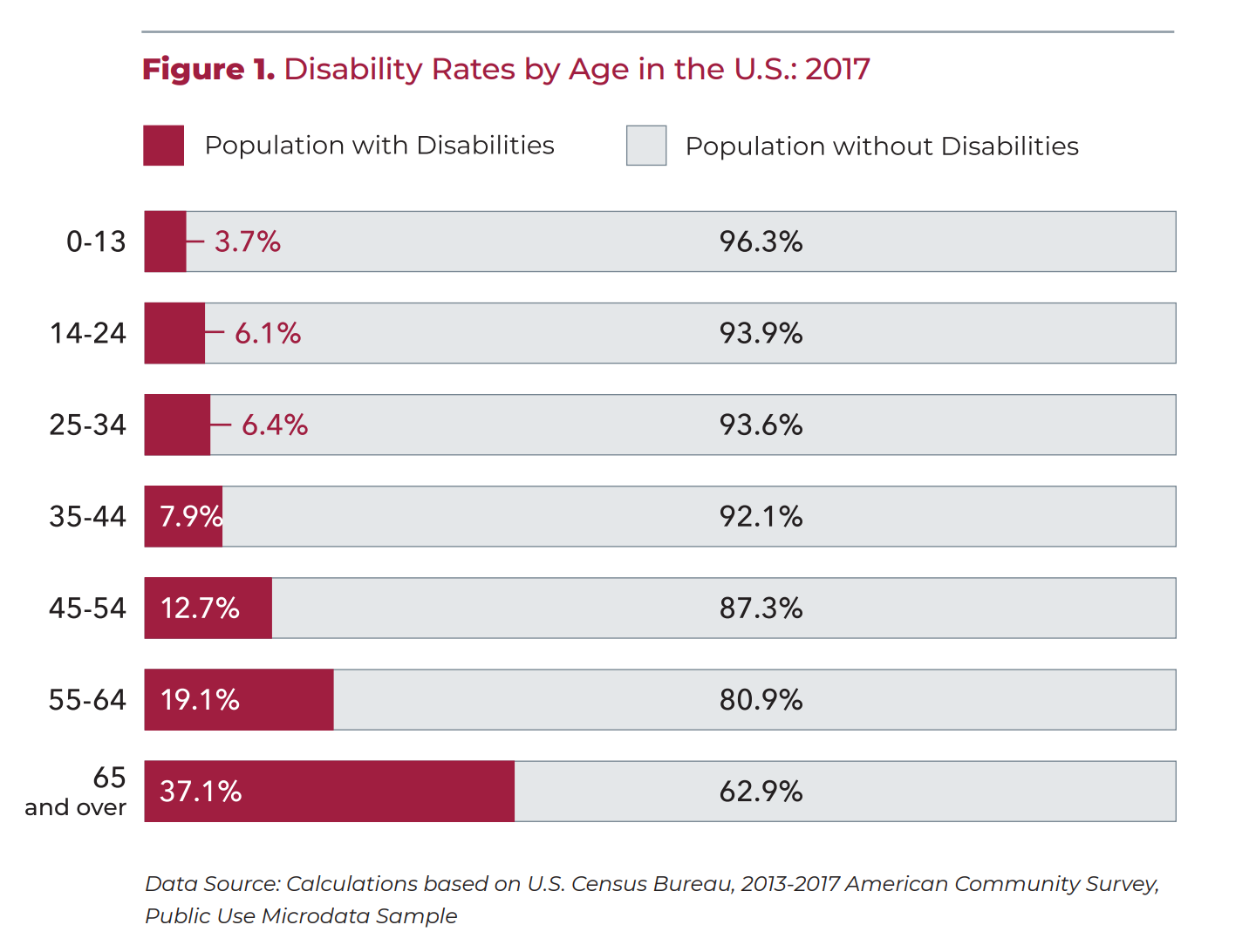The 2019 Youth Transition Report: Outcomes for Youth and Young Adults with Disabilities
About the Youth Transition Report
The 2019 Youth Transition Report: Outcomes for Youth and Young Adults with Disabilities, published by the Institute for Educational Leadership (IEL) , presents data that underscore the gap between youth with disabilities and those without disabilities on measures of success in education and employment. The report also includes data on those opportunity youth whom the education and workforce systems have not adequately engaged, served, and supported.

What is different about this report?
While other reports present information about the working-age adult population or children with disabilities, the 2019 Youth Transition Report focuses on the 14-24-year-old age group—youth and young adults with disabilities. Federal and state policy and funding supports the successful transition of this population through education and into careers, however, statistics are not typically reported for the 14-24 age population. IEL produced this report to address this need through a data snapshot of the outcomes of this funding and gaps between youth and young adults with and without disabilities.
What do the data tell us about youth and young adults with disabilities?
Data confirm that significant gaps remain between youth and young adults with and without disabilities in the education and workforce system, despite federal and state legislation and systematic efforts to improve opportunities.
More than six percent of youth and young adults have a disability, and these youth are less likely than their peers to complete high school, enter post-secondary education, obtain a bachelor’s degree, and enter and find jobs. At a time when youth and young adults are preparing for lifelong success in careers and financial independence, they are more likely to be discouraged from opportunities to remain in or reconnect with education and workforce systems.
The report presents the top and bottom five states across categories to examine more closely the differences that national averages may obscure. States with the lowest gaps may offer ideas on policies and practices for all states to consider, however, no state has entirely achieved full equity for youth and young adults with disabilities.
Achieving equity requires the engagement of youth and young adults with disabilities, not only to inform the challenges in front of us, but also to solve those problems to ensure full inclusion of all people with disabilities across the country.
Sources
Suggested Citation: Cheng, L., & Shaewitz, D. (2019). The 2019 Youth Transition Report: Outcomes for Youth and Young Adults with Disabilities. Washington, DC: Institute for Educational Leadership.
To view the full report, click below:
 2019 Youth Transition Report
2019 Youth Transition Report